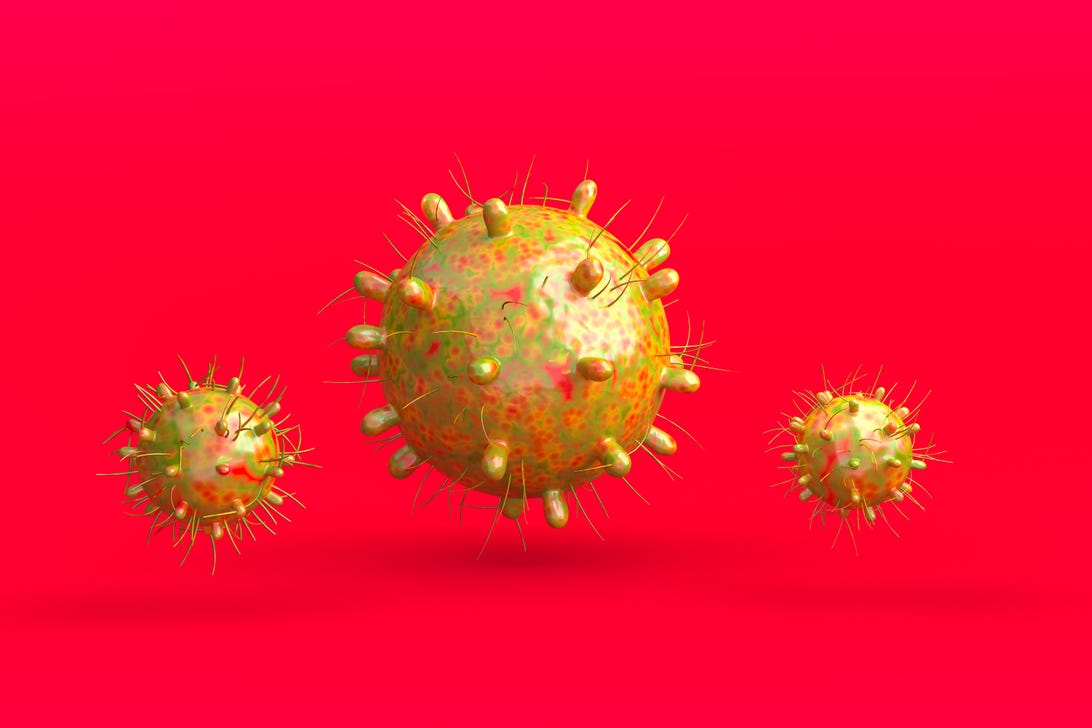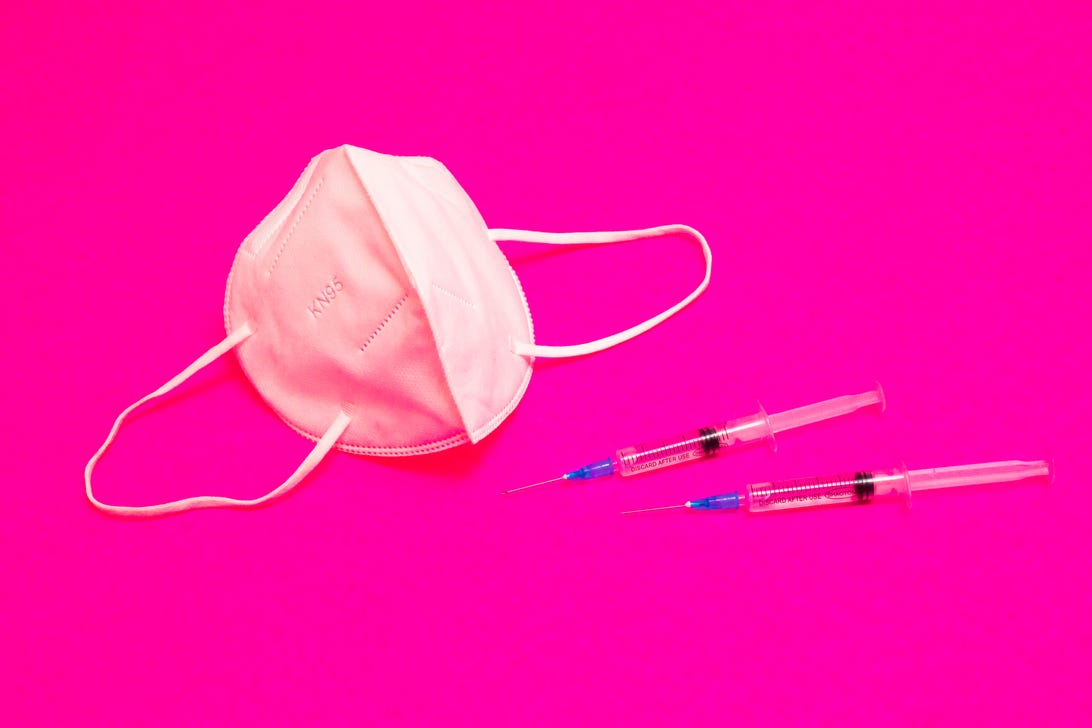
In the US, masks are coming off as statewide mask mandates and city vaccine requirements expire. As COVID-19 case numbers and hospitalizations rates fall from their recording-breaking omicron peak this winter, pressure on states and the US Centers for Disease Control and Prevention has led to the loosening of pandemic restrictions and new ways to measure the threat of COVID-19.
But in some European countries, cases are on the rise again, in what some fear could be a foreshadowing of the US path. The culprit behind the new wave is BA.2, or “stealth omicron,” which is one of the sublineages of omicron. (Yes, there are a lot, but only a few mean anything to the people who monitor their impact.) Scientists are watching BA.2 because it appears to have a transmission advantage over the original omicron, but it doesn’t appear to be causing more severe disease or posing a big threat to our immunity from vaccines or past illness.
In a late February statement, the World Health Organization said that while evidence does show it has a “growth advantage” over other versions of omicron — the dominant variant worldwide — an assessment of the available data didn’t find a difference in the severity of COVID-19 disease.
The CDC predicted with its “nowcast model” that the BA.2 sublineage was responsible for about 23% of COVID-19 cases in the US the week ending March 12. (This is an estimate meant to keep up with the evolving pandemic — the agency’s report of BA.2’s makeup of COVID-19 cases without the nowcast feature is lower.)
But in some countries experiencing an uptick in COVID-19 cases, the BA.2 lineage is dominant.
“It’s clear that BA.2 is more transmissible than BA.1, and this, combined with the relaxation of mitigation measures and waning immunity, is contributing to the current surge in infections,” Lawrence Young, a professor of molecular oncology at Warwick University, told CNBC.
As WHO Director-General Tedros Adhanom Ghebreyesus said, we have learned the hard way that we’ve underestimated COVID-19 “at our peril.” However, that doesn’t mean being unnecessary afraid just because a variant (or sublineage) has a new name.
Here’s what we know about omicron sublineage BA.2.
Read more: After 2 Years of COVID, Scientists Still Don’t Have Answers to These Vital Questions
Why is it called ‘stealth omicron’?
Scientists in South Africa were able to quickly identify omicron as a new variant this winter because of the way it presents through PCR tests. The original omicron causes a dropped signal or marker on the test that sets it apart from delta, which was the dominant variant prior to omicron. Omicron BA.2, however, doesn’t have the same signal, called an S gene target failure. This makes it more stealthy, though genomic sequencing (which happens to about 10% of COVID-19 PCR tests in the US) will detect all omicron subvariants, and coronavirus variants in general.


Is BA.2 more severe? Can you get omicron twice?
One early Danish study, which hasn’t been peer-reviewed, found no difference in hospitalization rates between the original omicron variant and BA.2. This is in contrast to another preliminary study from researchers in Japan, which found that BA.2 may be different enough from the original omicron variant to be considered a whole new variant, and could also be more severe.
The WHO, however, considering all available the real-world data, concluded there’s no reported difference in severity between omicron BA.1 and BA.2, despite its growth advantage.
Because scientists need more information and time to watch how the current COVID-19 cases caused by omicron fall. More research is also needed to determine how well our COVID-19 treatments hold up, including Paxlovid. A preliminary study found that one of two monoclonal antibody treatments authorized for use against omicron doesn’t hold up. But Eli Lilly, which recently had an antibody therapy authorized by the US Food and Drug Administration for use against omicron, said the new treatment works against BA.2.
“BA.2 has a whole mess of new mutations that no one has tested,” Dr. Jeremy Luban, a virologist at the University of Massachusetts Chan Medical School in Worcester, told Nature in February. Like previous variants and subvariants, scientists need to observe the virus in the real world to determine how important those mutations are. Right now, the WHO is still monitoring BA.2 as a subvariant of the original omicron variant.
Like the original omicron, BA.2 makes our vaccines less protective against infection than earlier variants, but there isn’t data now to show we’re worse off with BA.2. In a March 8 statement, the WHO said that while there are cases of people getting sick with BA.2 after they’ve already had COVID-19 caused by omicron, early data suggests that infection with BA.1 provides “substantial protection” against BA.2, at least for a period of time.
The information contained in this article is for educational and informational purposes only and is not intended as health or medical advice. Always consult a physician or other qualified health provider regarding any questions you may have about a medical condition or health objectives.

